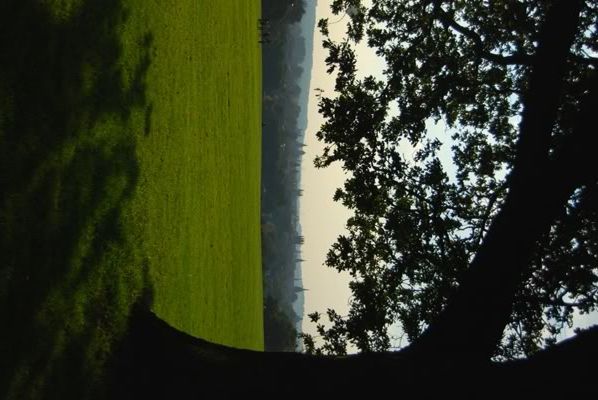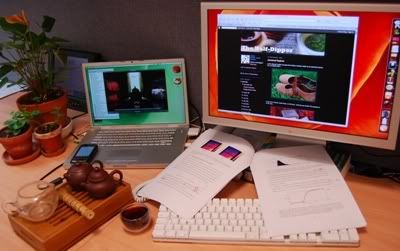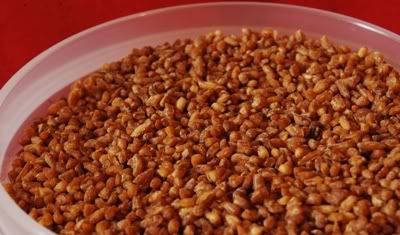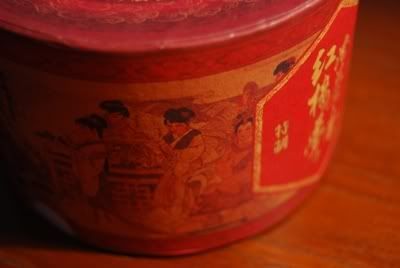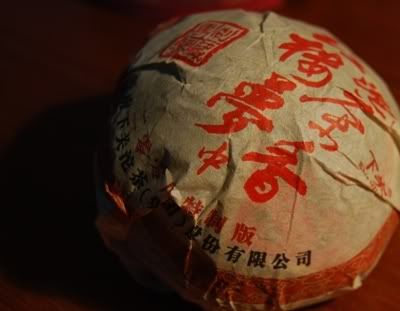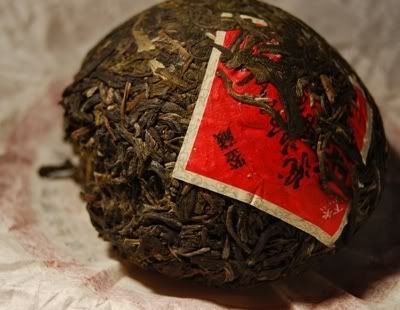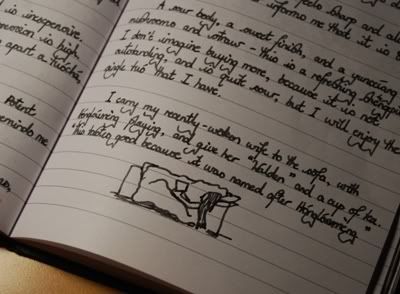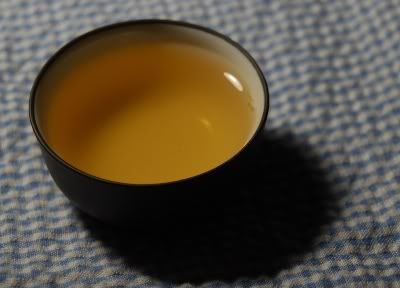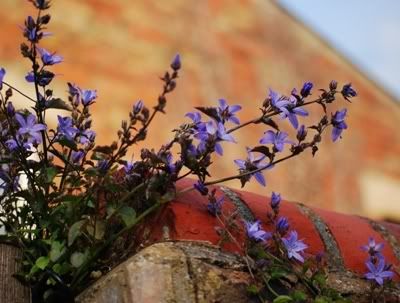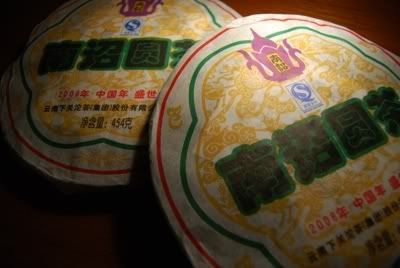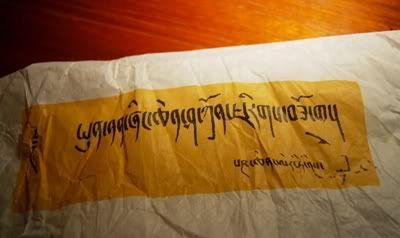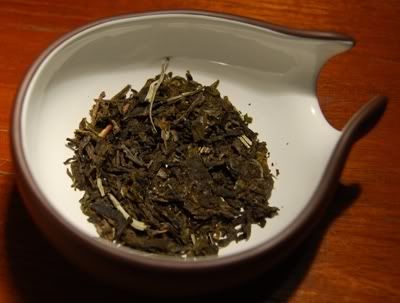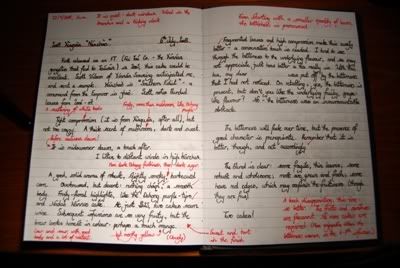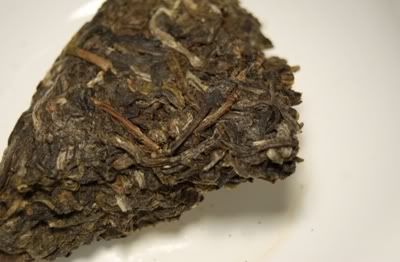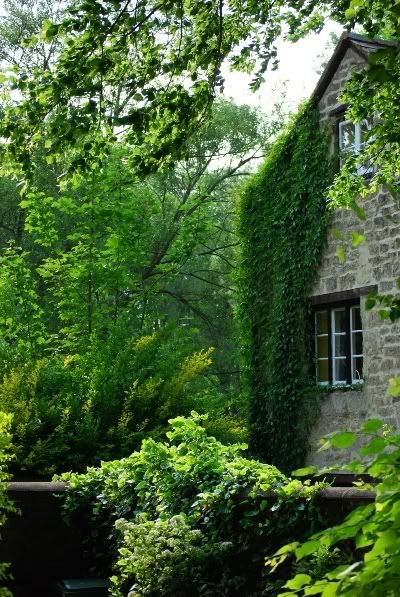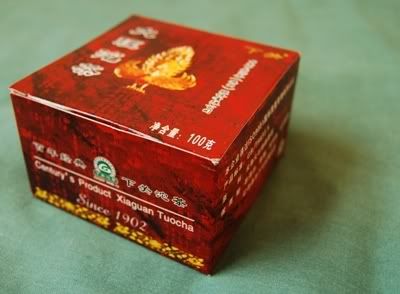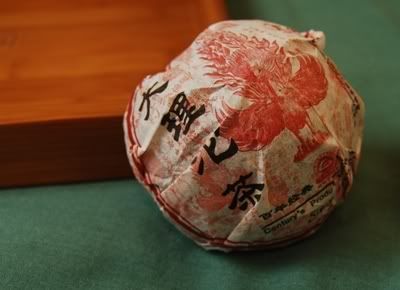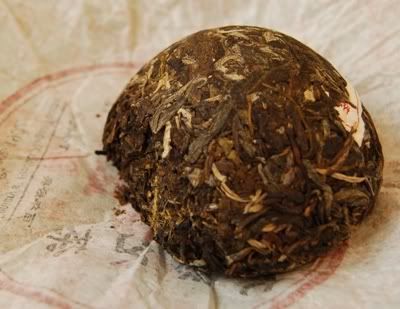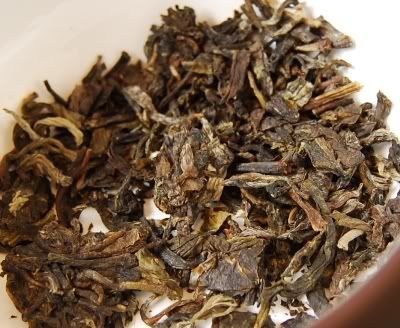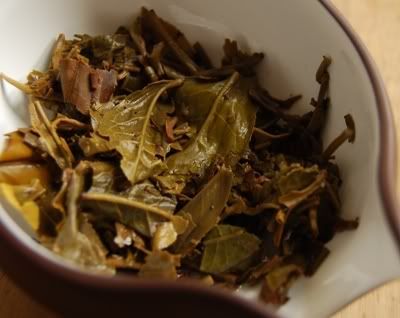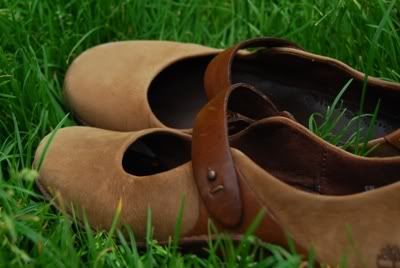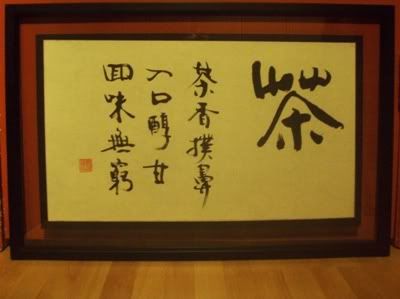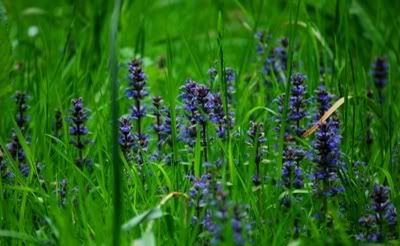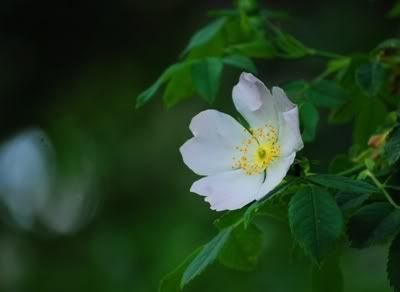When I first started drinking pu'er, I was very excited about it (and still am), and used to drink it in the evening because of my daily schedule. After a few months, I experimented with not drinking pu'er in the evening, and found that my quality of sleep increased dramatically. I wasn't sleeping so well after pu'er, whether shengpu or shupu.
Since then, I've been managing my "drinking habits" with more care, and present them here for your consideration.
Plenty of studies have shown a detrimental effect on the quality of sleep after consuming caffeine in the evening or afternoon. In light of reading those papers, I experimented with concentrating my tea-drinking in the morning, and have found there to be good results. (Such things will of course be specific to individual physiology, so it is up to each of us to work this out for ourselves.)
Typically, I enjoy a session of shengpu after a light breakfast. Drinking anything on an empty stomach is usually unwise, particularly "cold" substances. My wife heats absolutely everything she drinks, being a product of Ancient Chinese Wisdom(tm) . Due to my time constraints, this breakfast session is usually restricted to 4 or 5 quick infusions. Caffeine output from tea has been shown to follow a negative-exponential curve with increasing number of infusions, so I'm getting the majority of my caffeine right here, at breakfast time.
Ready for my day, I pop the wet leaves into an airtight container, and head to my office.
Since then, I've been managing my "drinking habits" with more care, and present them here for your consideration.
Plenty of studies have shown a detrimental effect on the quality of sleep after consuming caffeine in the evening or afternoon. In light of reading those papers, I experimented with concentrating my tea-drinking in the morning, and have found there to be good results. (Such things will of course be specific to individual physiology, so it is up to each of us to work this out for ourselves.)
Typically, I enjoy a session of shengpu after a light breakfast. Drinking anything on an empty stomach is usually unwise, particularly "cold" substances. My wife heats absolutely everything she drinks, being a product of Ancient Chinese Wisdom(tm) . Due to my time constraints, this breakfast session is usually restricted to 4 or 5 quick infusions. Caffeine output from tea has been shown to follow a negative-exponential curve with increasing number of infusions, so I'm getting the majority of my caffeine right here, at breakfast time.
Ready for my day, I pop the wet leaves into an airtight container, and head to my office.
It's a pretty route to work, and I consider myself lucky in that regard. The journey to and from my office gives me time to forget my research for a while, which is very beneficial. I like to leave it all behind, if just for a little while.
Reaching the office, the wet leaves are transferred into another pot (just a cheap one, in case of damage). I drink this tea for the remainder of the day, infusing it over and over again.
You can see it below, on the little bamboo tea-tray. Kudos if you can tell me which album I'm listening to...
Reaching the office, the wet leaves are transferred into another pot (just a cheap one, in case of damage). I drink this tea for the remainder of the day, infusing it over and over again.
You can see it below, on the little bamboo tea-tray. Kudos if you can tell me which album I'm listening to...
After lunch, I need something, but don't want a fresh infusion of caffeine. While keeping the pu'er leaves in one pot, I use a second pot (which you can see above) for something more neutral - typically (unflavoured) rooibos, which I find malty and tasty, or "wheat tea".
Some tea-drinkers of greater experience than me have recommended drinking wheat infusions for settling a stomach. I find it particularly suits my taste, and my wife is very kind, and roasts a whole batch for me for a few minutes in a clean wok. This is buckwheat, I think.
Some tea-drinkers of greater experience than me have recommended drinking wheat infusions for settling a stomach. I find it particularly suits my taste, and my wife is very kind, and roasts a whole batch for me for a few minutes in a clean wok. This is buckwheat, I think.
A little roast, and the wheat gives a fine flavour when infused. It has a "warm" character, which is good for digestion after lunch. If I were overly concerned with flavinoids, polyphenols, and all that nonsense, I would probably drink just rooibos - but I believe all that takes care of itself if the diet is balanced. (Maybe that's naive.)
The net result is that the majority of my caffeine is taken early in the day, though I drink the leaves all day in brews of ever-increasing infusion time. While the pu'er pot infuses for long minutes, the other pot can produce little shots of something else.
It works for me, and my sleep is deep - certainly deeper than when I take tea in the afternoon or evening. I'm very interested to hear your own experiences of caffeine and its perceived effect on the quality of your sleep.
It works for me, and my sleep is deep - certainly deeper than when I take tea in the afternoon or evening. I'm very interested to hear your own experiences of caffeine and its perceived effect on the quality of your sleep.


